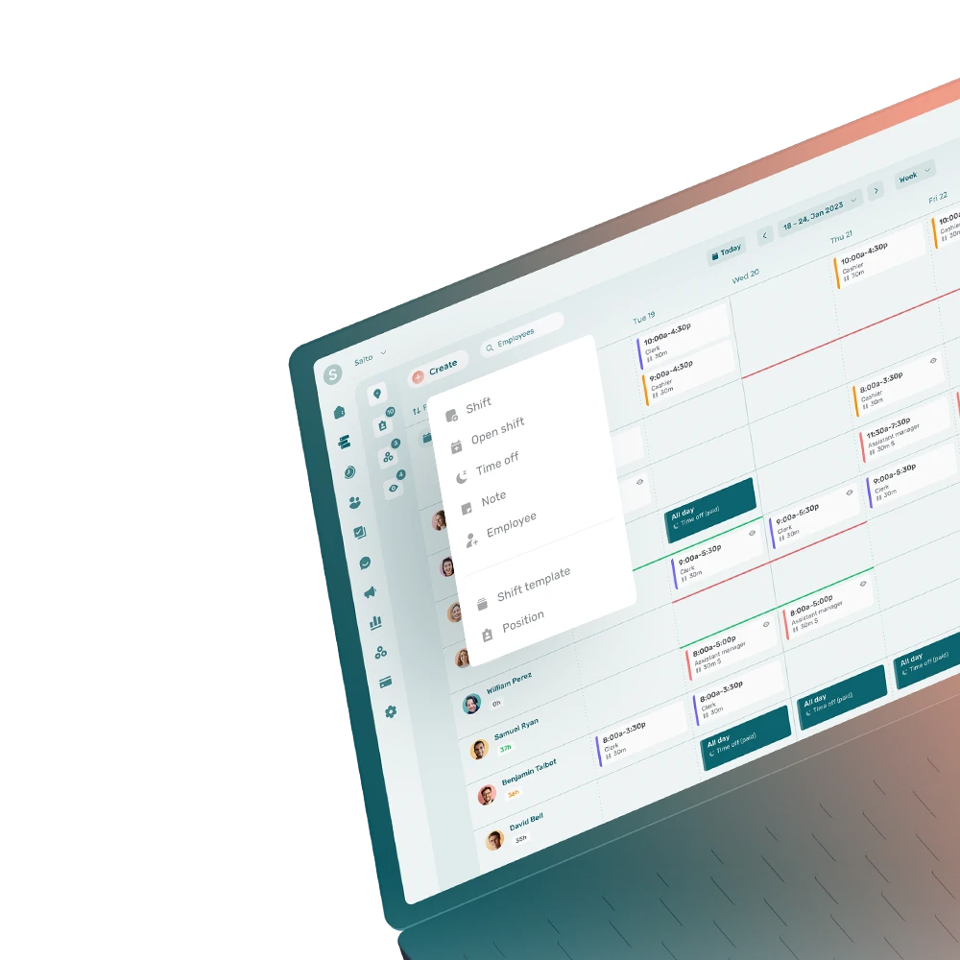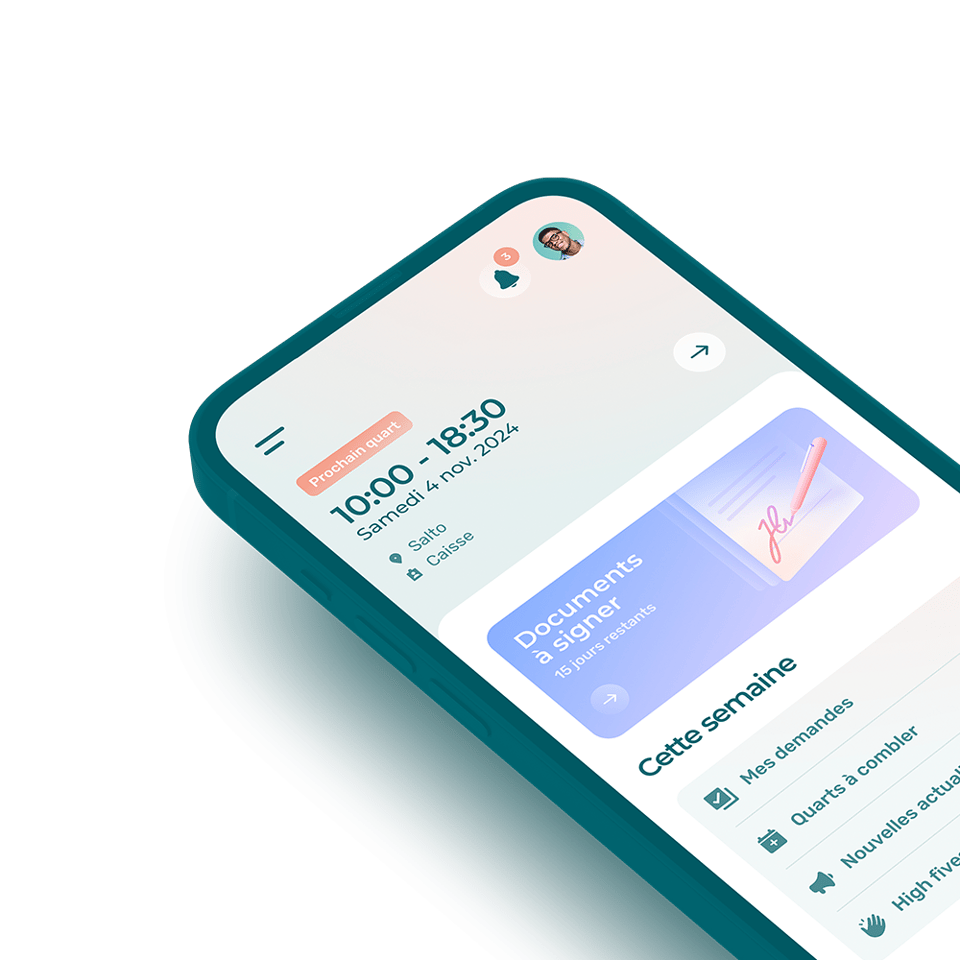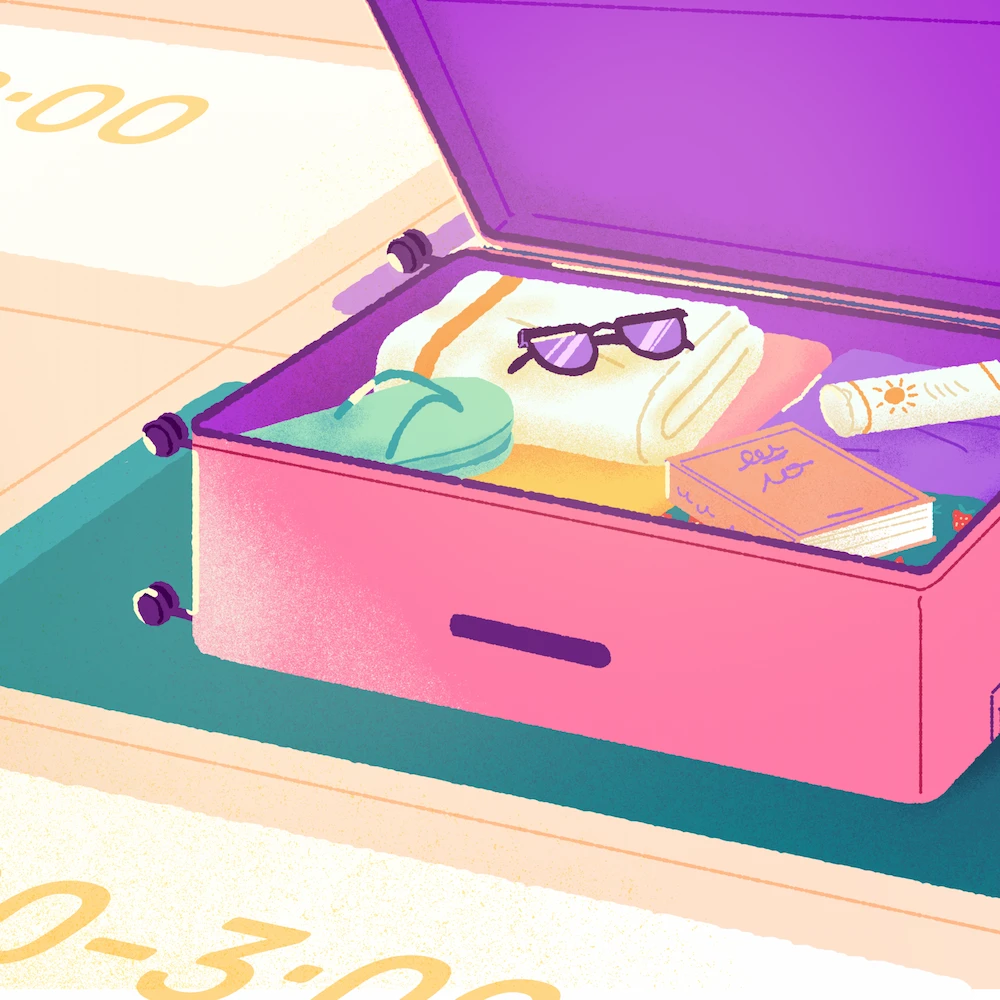Clopening shifts are a combination of the words “closing” and “opening” referring to when an employee has to close a business at night, and open it the next morning with only a few hours in between.
What Are Examples of Clopening Shifts?
Examples of clopening shifts include:
- Having to close a restaurant at 11 pm and opening the next morning at 6 am.
- Closing a grocery at 10 pm and opening it at 7 am the next day.
- Finishing at 1 am while working on a festival, and having to start again at 9 am the next day.
In Which Industries Are Clopenings Common?
Clopenings can happen in almost any industry, but are most common in:
- Restaurants and bars
- Entertainment
- Retail
- Hotels
- Events
- Hospitals
- Convenience stores
- Gas stations
What Are the Negative Effects of Clopening Shifts on Employees?
Negative effects of clopening shifts on employees include:
- Affecting their sleep
- Losing work-life balance
- Increasing employee turnover
- Decreasing job performance
- Making it difficult to find childcare
- Increasing the risk of burnout
- Decreasing motivation
- Increasing mental and other health issues
Are Clopenings Legal?
Clopening work shifts can be legal depending on the laws in place. Some legislation requires a specific rest period between shifts. That rest period is mandatory and should be respected.
Employers have the responsibility to comply with the legislation in place.
How to Avoid Scheduling Clopening Shifts?
Different strategies can be used to avoid scheduling clopening shifts such as:
- Using an employee scheduling software
- Asking employee for feedback
- Being more flexible with staff scheduling
- Providing schedules early
- Hiring more employees
- Adopting HR practices that support employee well-being
- Establishing a mandatory rest period between shifts







